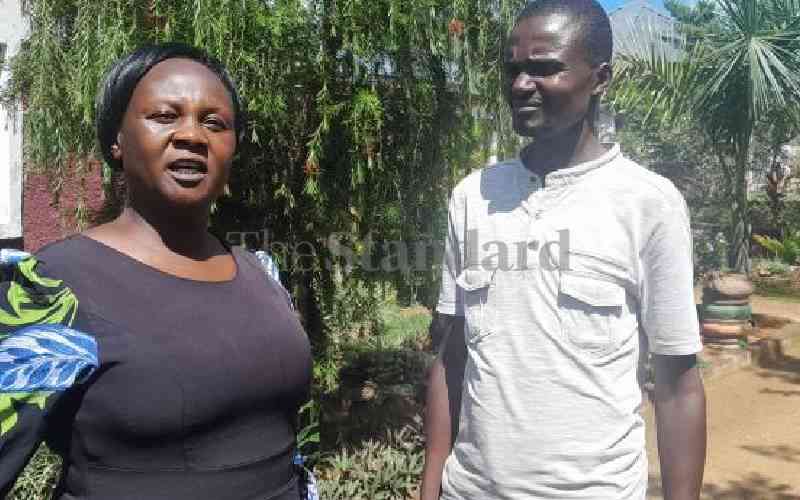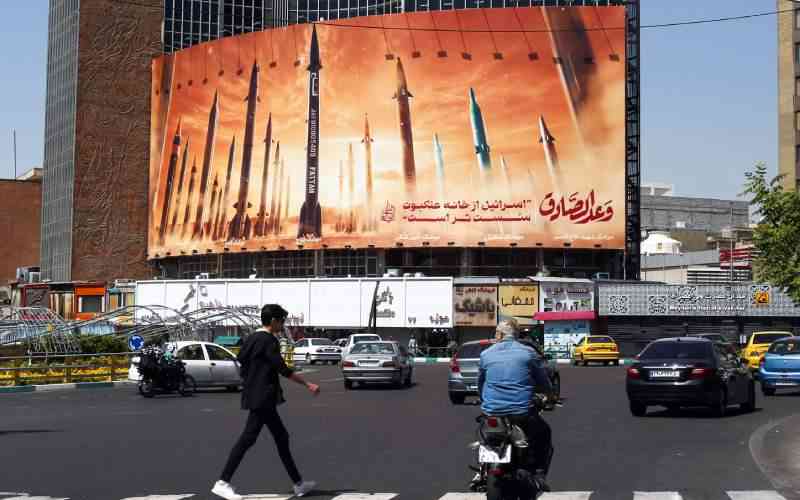The Independent Electoral and Boundaries Commission (IEBC) has begun mass voter registration in preparation for the August 8 elections.
In the current exercise that ends on February 15, IEBC is targeting at least 67 per cent of 1.8 million voters in the Rift Valley, 1.5 million in Eastern region, 1.3 million voters in Nairobi, 1.3 million in Nyanza, 1.1 million in Western region, 1 million in Coast region and 1 million in Central Kenya.
The total is 6 million votes to add to the 16 million voters already registered.
In the 2013 elections, Uhuru Kenyatta beat Raila Odinga by 800,000 votes and avoided a run-off by a mere 9,000 votes.
The estimated population figures in 2017 per community are 8.2 million Agikuyu, 6.5 million Abaluhyia, 6.2 million Kalenjins, 4.8 million Akamba, 2.9 million Somalis, 2.8 million Meru-Tharaka-Embu, 2.7 million Kisii, 2.4 million Mijikenda, 1.2 million Turkana and 1 million Maasai.
The other communities constitute between 1.3 million and 2.8 million. They too, form a very critical population during elections.
Over 9 million Kenyans have national identity cards but cannot cast votes because they are not registered. This is the group that IEBC is targeting.
Over 65 per cent of Kenyans were born after 1995, meaning that they are, on average, over 22 years. They can easily place more than 60 per cent of youth legislators in the county assemblies and do the same in the Senate and National Assembly.
These figures can be interpreted to mean that the grey areas are greatly diminished, largely due to ethnic polarisation that has afflicted the political scene. This has been exacerbated by Government appointments that are perceived to be ethnicised.
If one were to add the figures and split the Nairobi and North Eastern votes by half, and Eastern by 40 per cent, Meru-Tharaka-Embu to Kamba by 60 per cent, then add the 2013 figures, one would start to get a rough working template.
However, what will matter even more is how many voters wake up and go to queue and actually vote. Will the national average reach more than 80 per cent? Will millions of Kenyans who feel that whether they vote or not does not matter overcome this bout of lethargy come August 8?
Granted, the Nasa regions might have a unique problem of pastoralist communities moving into neighbouring countries looking for pasture due to the current drought. IEBC must find a way of ensuring that these Kenyans are not denied their inalienable right to participate in the polls.
Indeed, the Government must move to ensure that no one fails to register as a voter, or to vote on August 8 because they were out searching for food and pasture or they were too hungry and weak to walk to the polling station.
The 9 million people without ID cards work out to about 4.25 million votes for Uhuru and 4.75 million votes for Nasa. The 800,000 gap registered in 2013 in favour of Uhuru therefore closes to 300,000. This means the probability of a run-off are higher this time.
In terms of ethnic arithmetic, and ignoring the smaller groups that constitute between 1.3 and 2.8 million voters, the absolute Uhuru figures add up to 18.65 million. Nasa’s amount to 20.05 million.
Stay informed. Subscribe to our newsletter
Based on above figures, Uhuru would retain his seat only in the event that Nasa splits. However, the scenario changes if Nasa holds together, in which case, Uhuru would lose.
 The Standard Group Plc is a
multi-media organization with investments in media platforms spanning newspaper
print operations, television, radio broadcasting, digital and online services. The
Standard Group is recognized as a leading multi-media house in Kenya with a key
influence in matters of national and international interest.
The Standard Group Plc is a
multi-media organization with investments in media platforms spanning newspaper
print operations, television, radio broadcasting, digital and online services. The
Standard Group is recognized as a leading multi-media house in Kenya with a key
influence in matters of national and international interest.
 The Standard Group Plc is a
multi-media organization with investments in media platforms spanning newspaper
print operations, television, radio broadcasting, digital and online services. The
Standard Group is recognized as a leading multi-media house in Kenya with a key
influence in matters of national and international interest.
The Standard Group Plc is a
multi-media organization with investments in media platforms spanning newspaper
print operations, television, radio broadcasting, digital and online services. The
Standard Group is recognized as a leading multi-media house in Kenya with a key
influence in matters of national and international interest.







